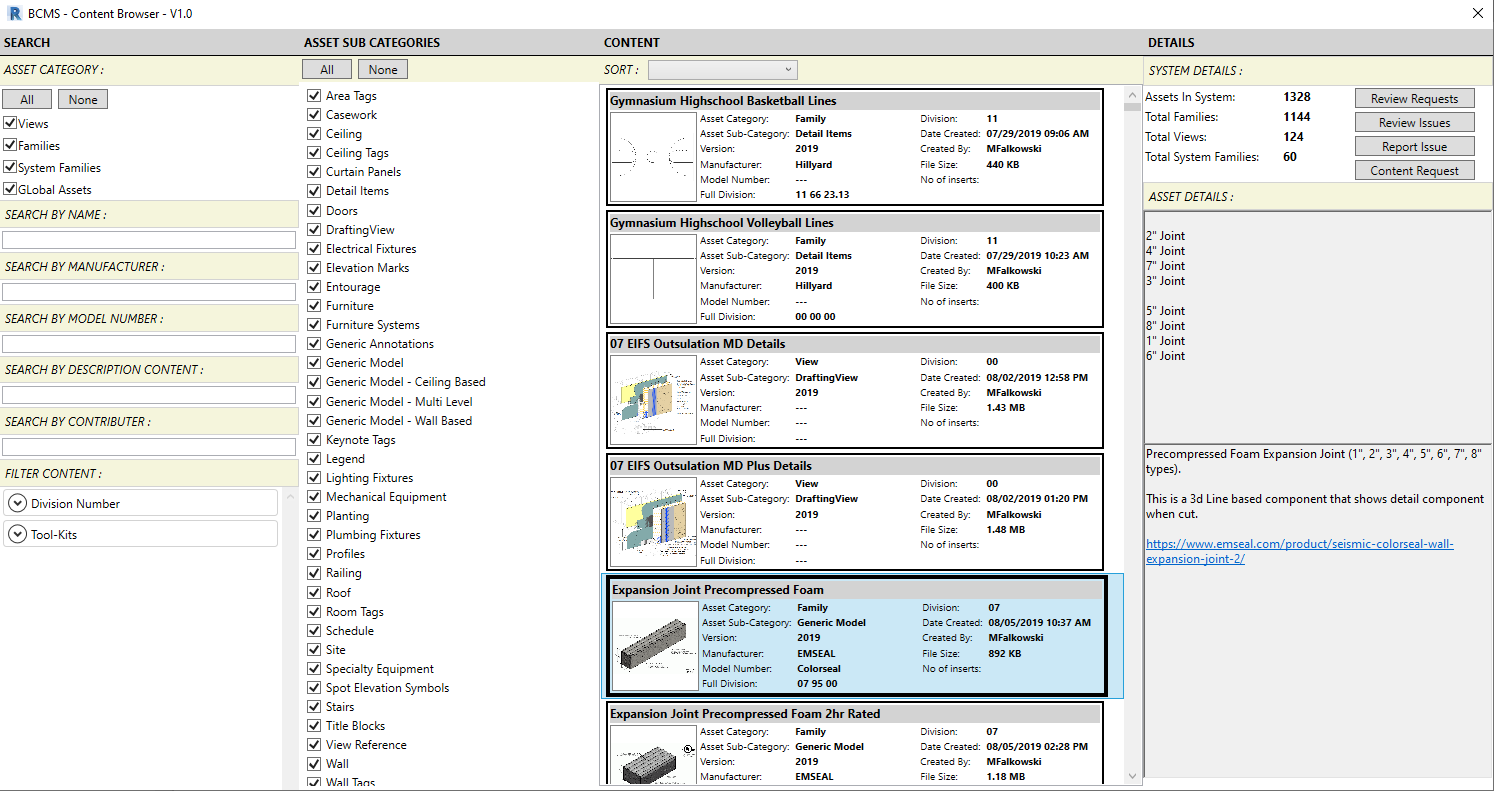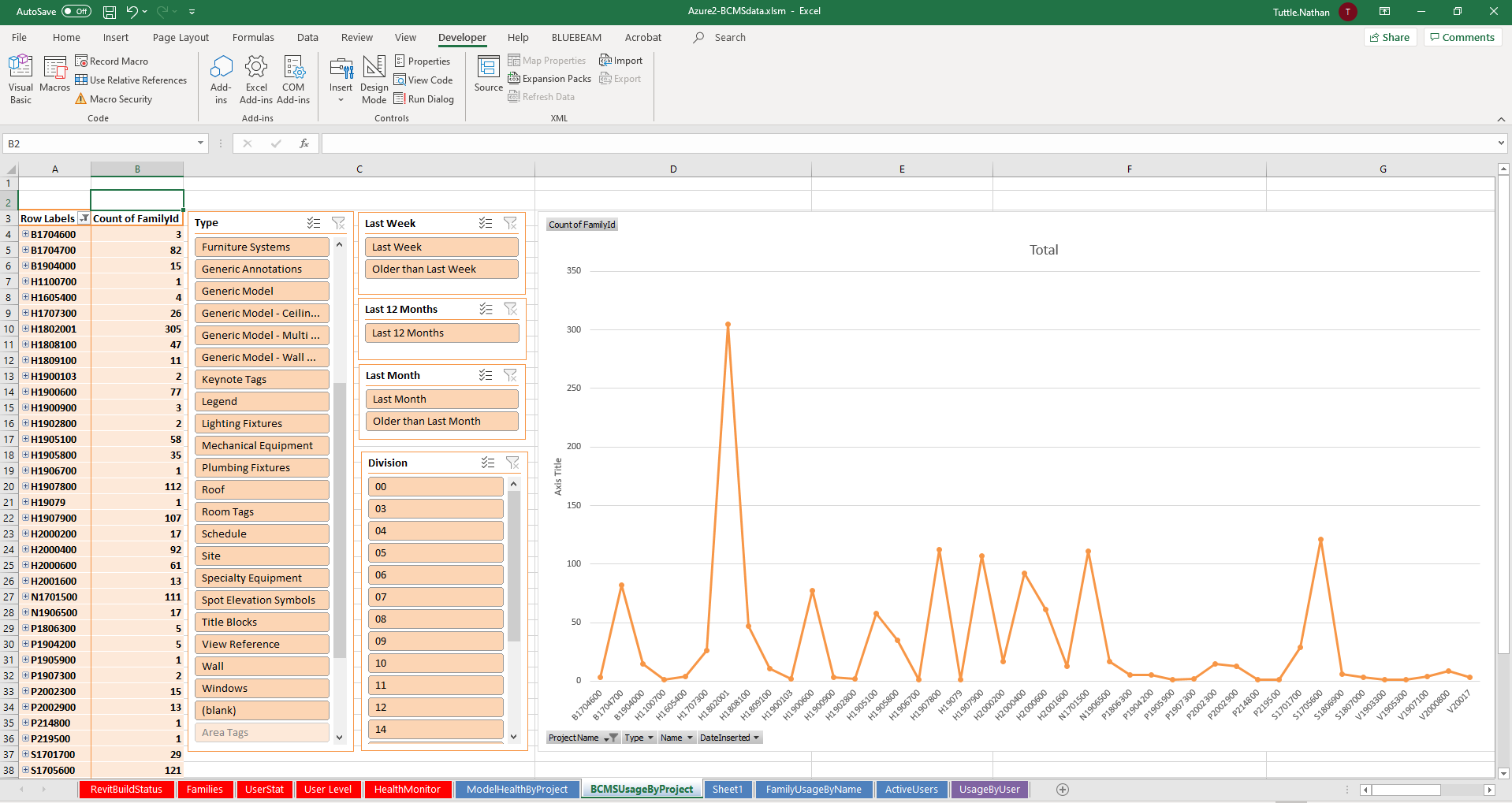
The design and construction industry (as with most other industries) is experiencing a revolution in technology, changing of process and the structure of data. Examples include the obvious (BIM Models, 3D printing, laser scanning) but also include the less obvious such as regenerative design, photogrammetry and automated scripting processes. What makes the design and construction industry different from other industries such as manufacturing, healthcare and others is that construction in general doesn’t behave as an “industry” but more as a “conglomerate of industries”, an industry of industries or a “meta-industry”. The nature of a meta-industry built on a group of subset industries each with their own unique systems of processes and products, makes the challenge of organizing project data and offering useful software tools all the more difficult. Every project is different from location, climate, site conditions, project type (retail, medical, education, hospitality), project work (new construction, renovations, additions), owner operational preferences, consultant groups and contract arrangements, codes, laws and many more. To add to the complexity, depending on your source of information the percentage of companies considered small business in the construction industry is very high, easily making up the majority. Small businesses generally don’t allocate hours for overhead to build efficiency into their processes because competing for work and landing the next job takes priority. More to the point, the work involved in the design and construction industry do not have the benefit of replication from job to job like other industries have. There are small pockets of opportunity for replication from job to job, but every job site and every building are always different making large opportunities for replication hard to find and not the norm. There are lots of software solutions available that target small pockets of a business’s work load that can be automated, but again just like every job site and building, every small business operates differently depending on the market, client or contract arrangement. To try and bundle multiple software packages together that target each business’s needs makes the interoperability between each software package a very nasty side effect. The side effect leads to more work that’s highly specialized in structured data management and programming languages for a company that doesn’t have the time nor the overhead nor the expertise to solve. The side effect thus becomes much worse than the original problem.

As industry professionals, we fully recognize automation and technology are the only ways to compete for work today and growing exponentially into the future. Despite the pessimistic view small pockets of opportunity for replication and automation are being discovered every day, particularly in our architectural firm. One of those areas is in the Quality Assurance and Quality Control (QAQC) of our published contract documents. Those in the design and construction industry already know that contract documents primarily include flat drawings, specifications and front end documents that include general and special conditions for the contract. Those in the design and construction industry also know that contract documents in some parts of the country and with certain clients now includes the digital BIM model in the contract. In recognition that the BIM model is becoming an ever more important tool in our industry process, having exclusive control over our own content and managing all the content that goes into the model has become paramount in our architectural practice to ensure and protect our QAQC process. There are a growing number of software solution in the industry that serve this need, but none that address all of our highest priorities (control of yearly costs, ownership of our own content and built-in analytics). To address all these concerns, we endeavored to build our own software solution for which we add and improve upon as needs arise. Our plug-in works within our BIM software to deliver trusted content to our team members in all of our offices throughout the country. All content (content is referred to as assets) is easily accessed from our BIM environment, filterable and delivered to the local model based on types that have been pre-configured and allow for parametric control after delivery (See figure 1). The software solution provides users with real time feedback on the assets inside the system and opportunities to request and report information. The analytics are gathered from the cloud database and provides real time feedback based on project, assets used and model health statistics (See figure 2). These statistics are baselined for each project and monitored to ensure the content being used in projects complies with our office standards. In addition, the statistics provide further insight against the baseline metrics we have developed to monitor model health ensuring the model health is never in trouble and always optimized to maintain team performance levels and production.








































